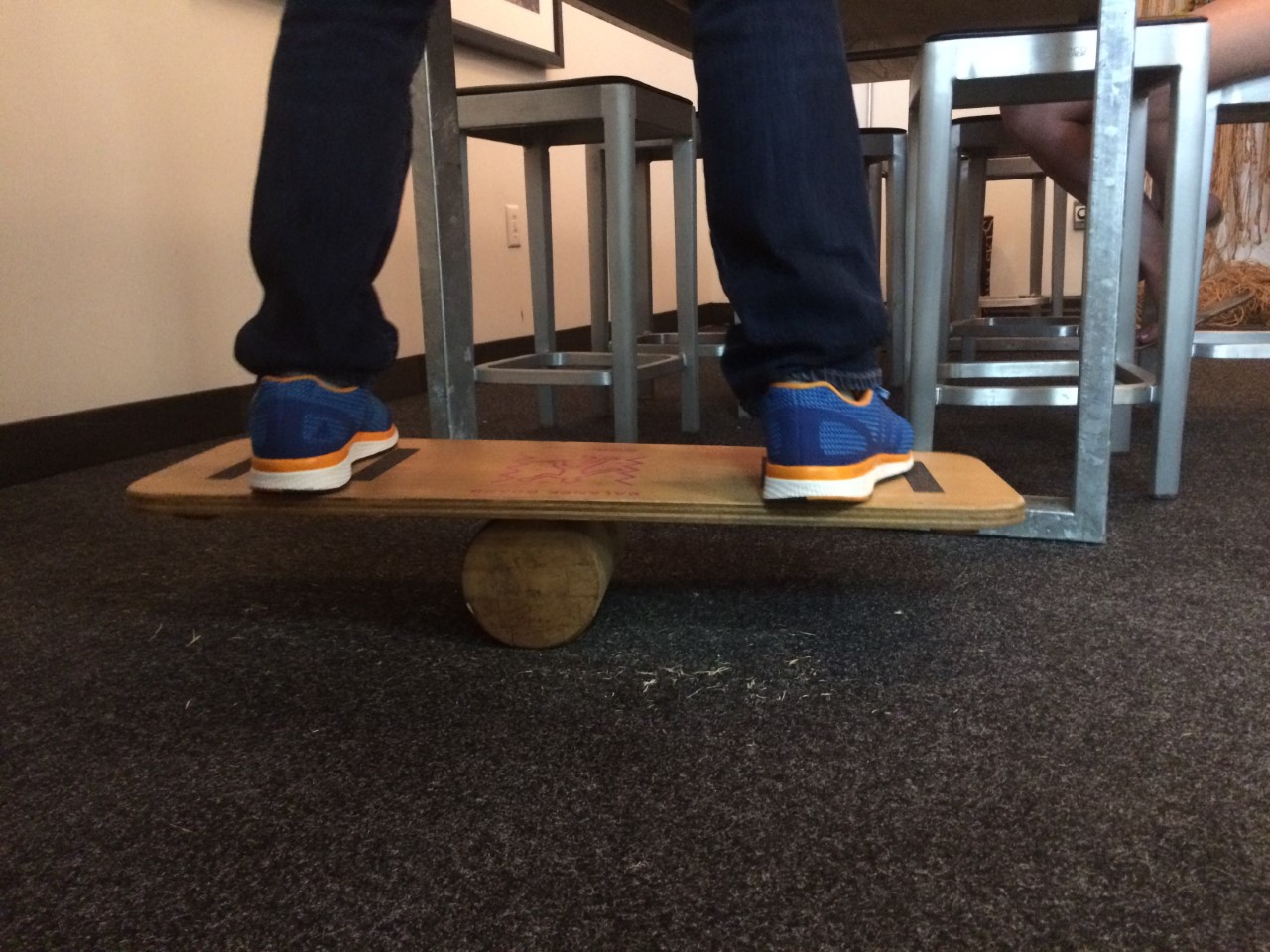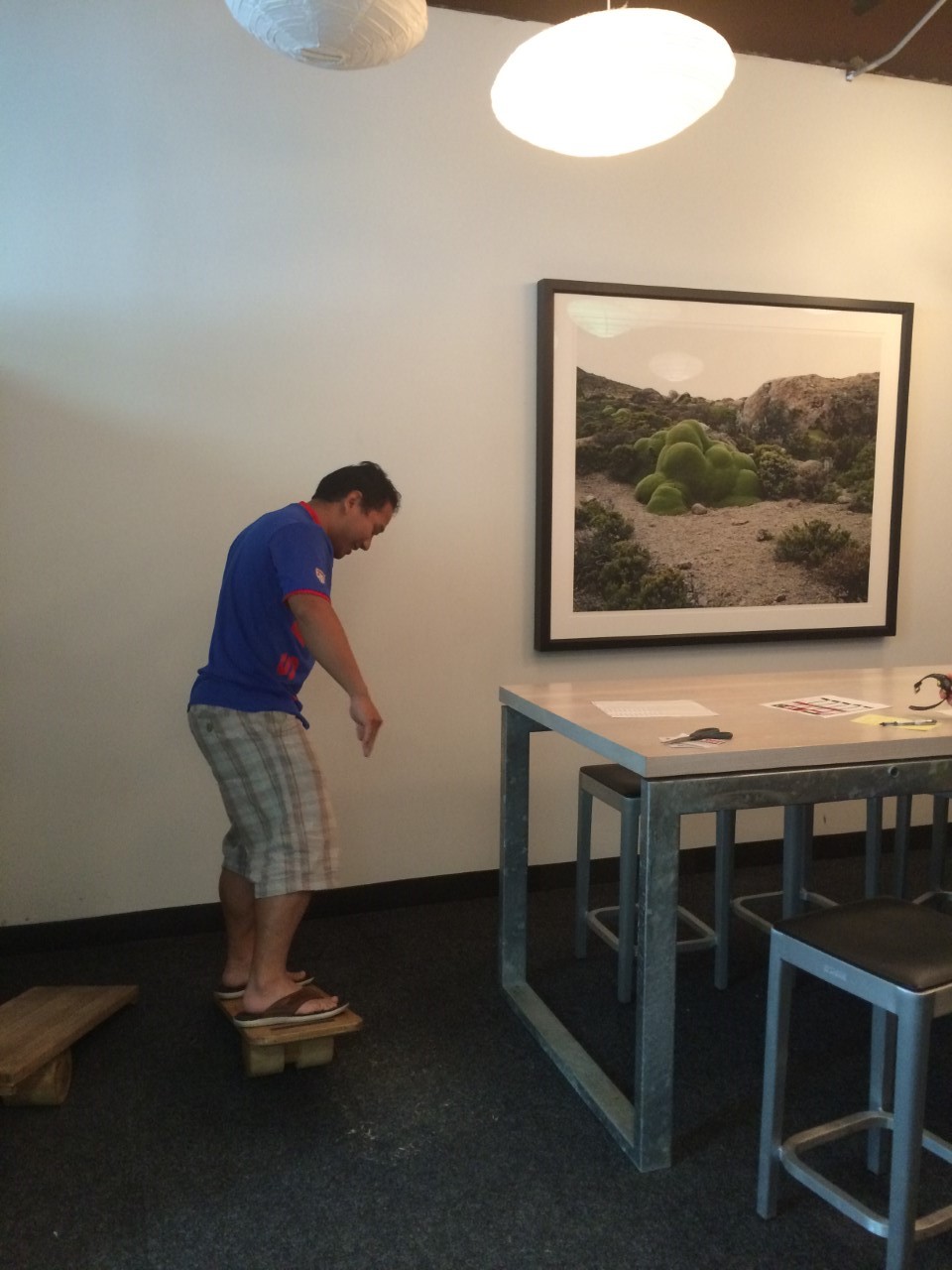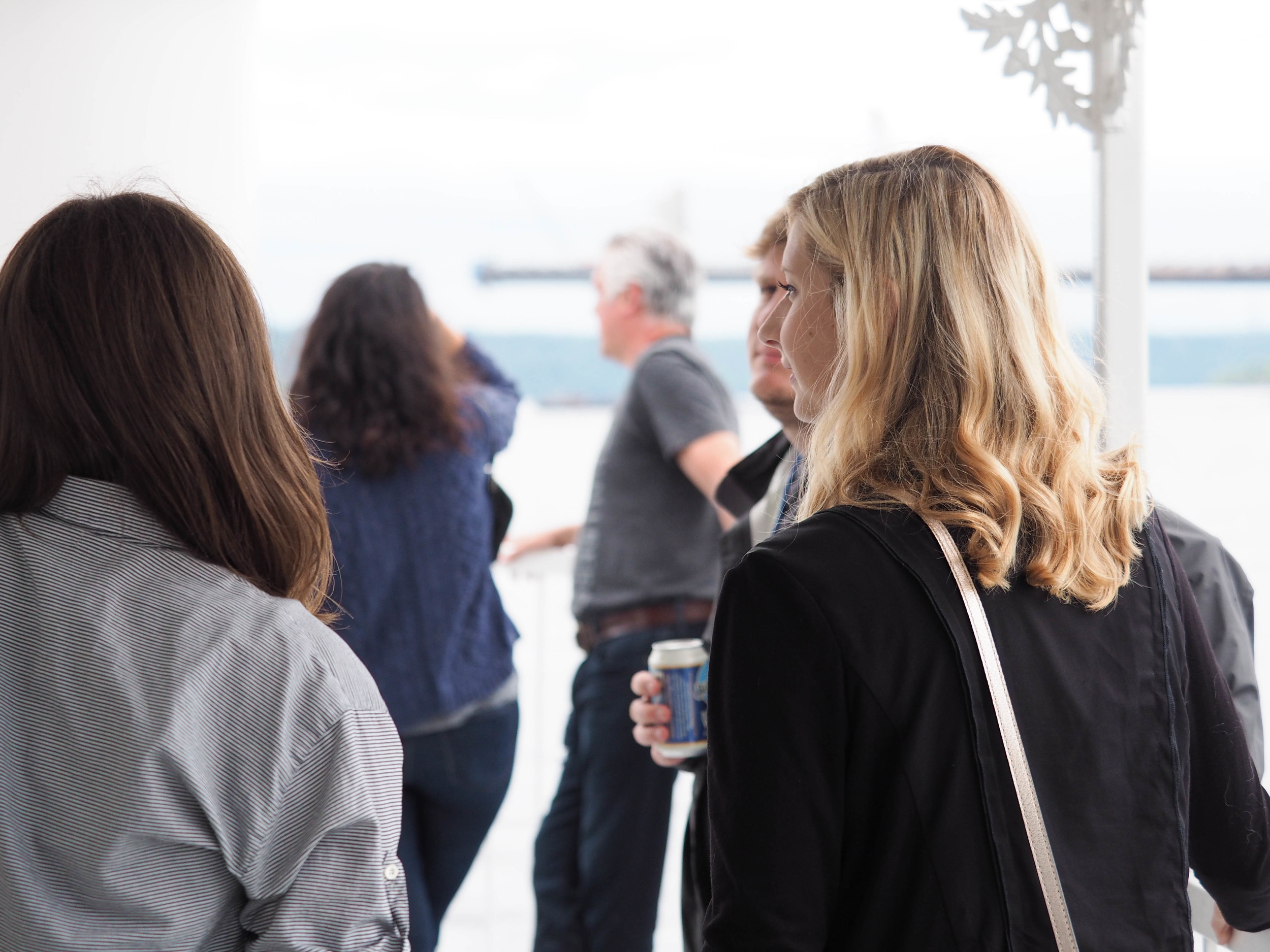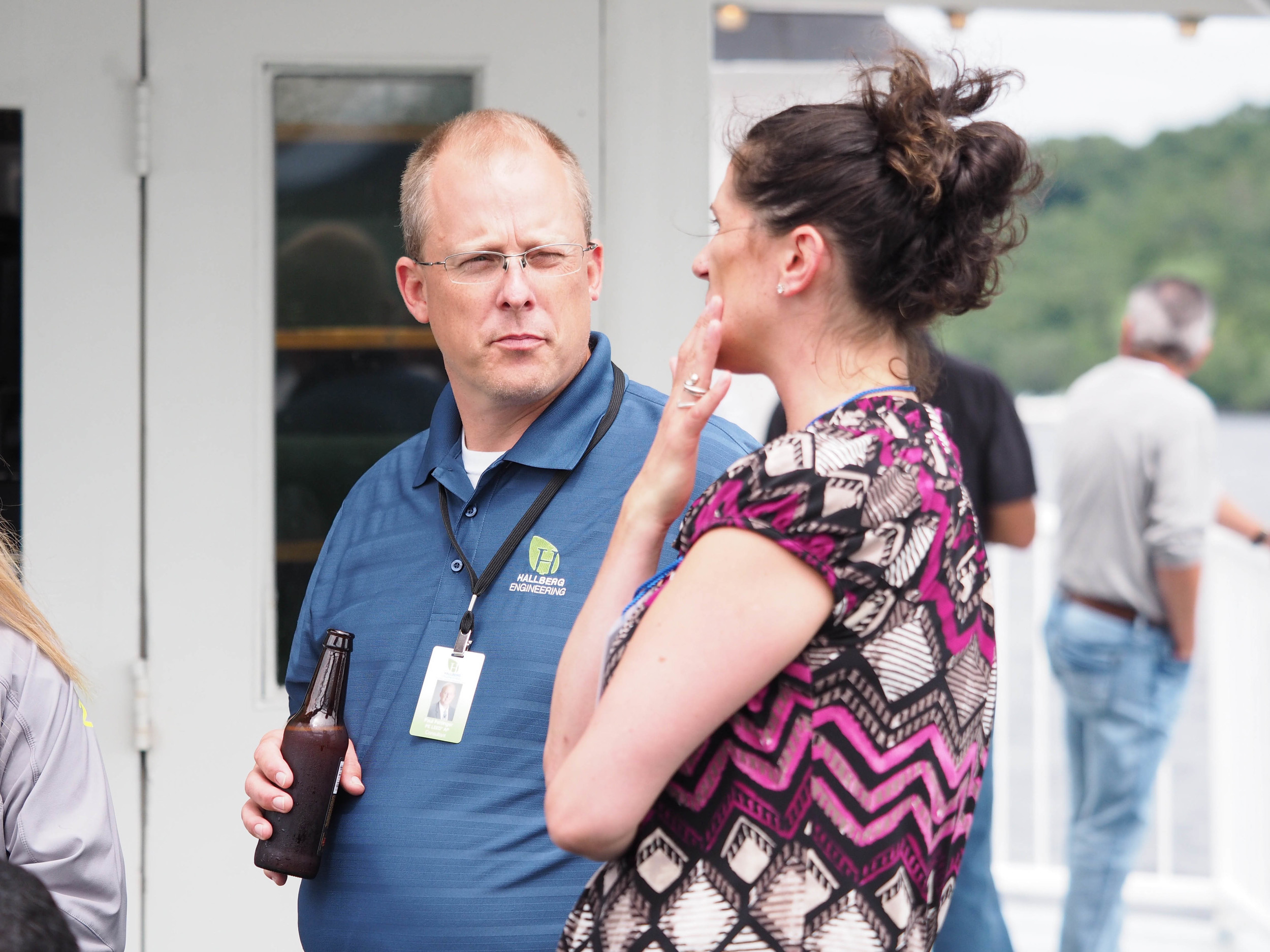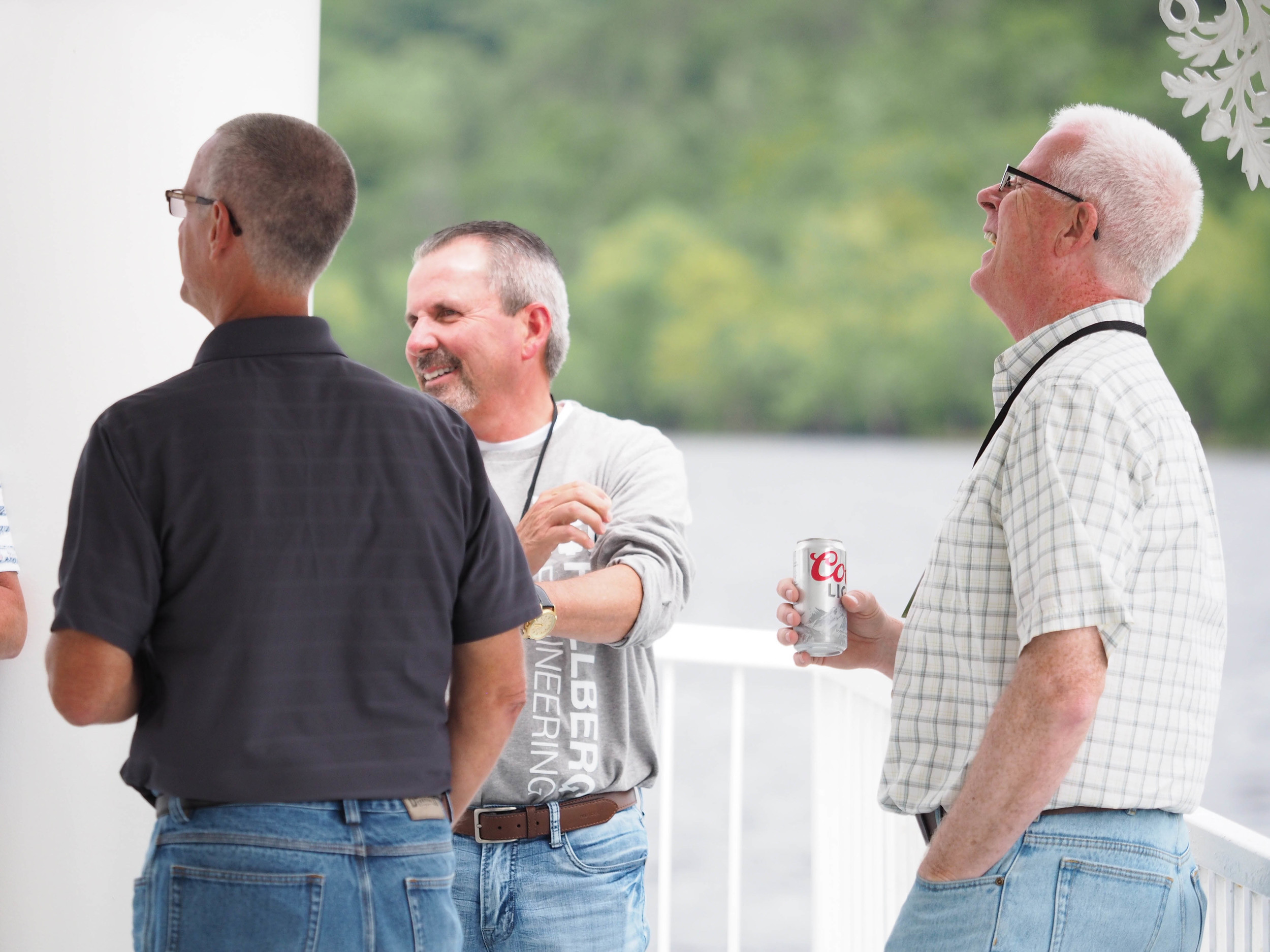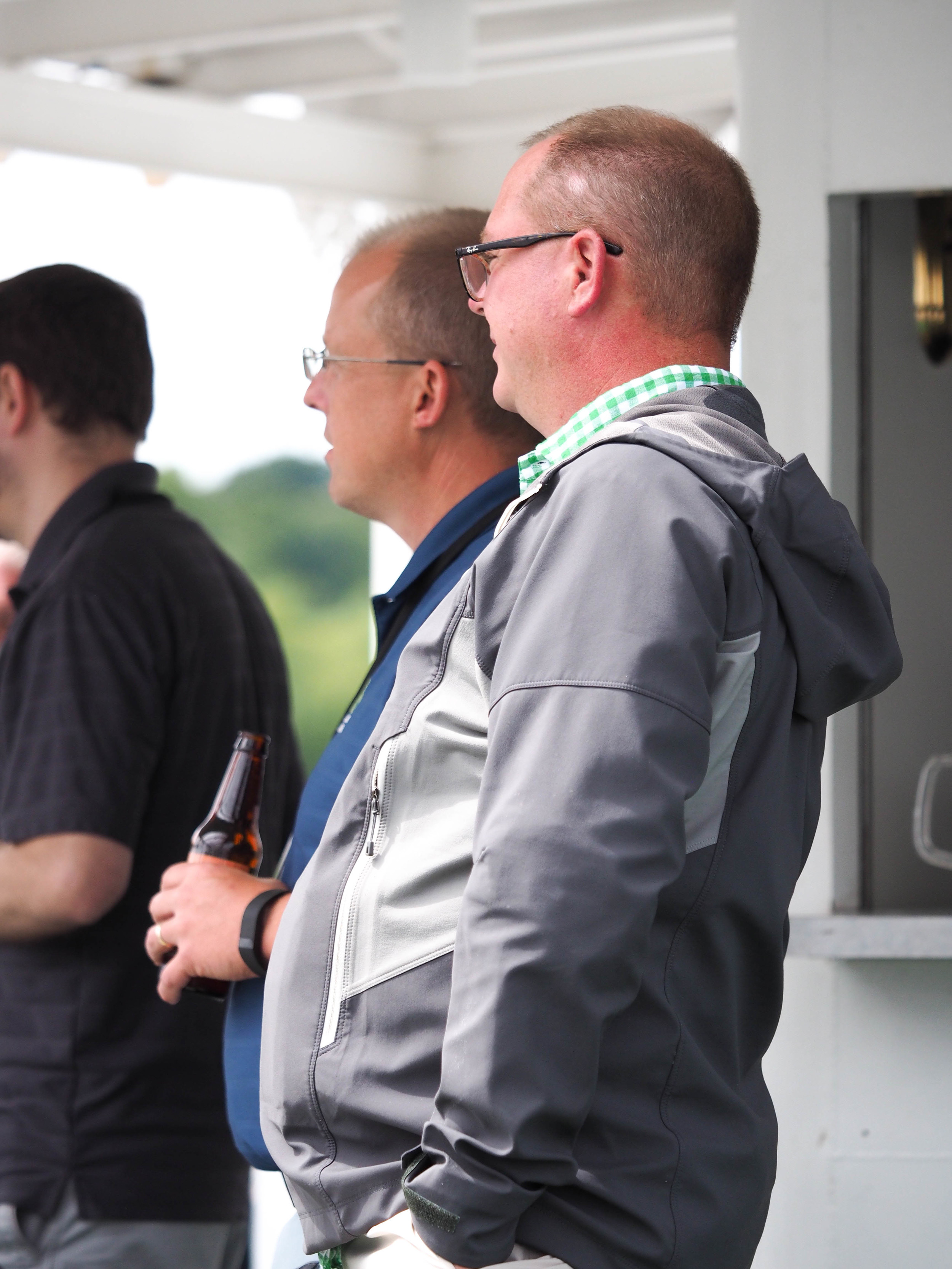Different elements in every system perform different tasks and interact with each other (and the world around them) in various ways. In a well-designed object, these elements often disappear into the whole. Until something breaks, we stop thinking of a car as an assemblage of parts, and as one item. A building has myriad parts, even glossing over the nails and screws that hold much of it together. On a gross scale, it seems obvious that all of the bits and pieces are important, but as things change (and age), their relationships can become more important.
In a building, the foundation provides a stable base for the walls and first floor, and still provides that steady base as it deals with the ground moving as it freezes, thaws, dries out, and becomes water logged. Hopefully it was designed with a drainage system that takes into consideration the soil and local precipitation to provide a dry basement for the life of the building. Things can change though. A tree planted too near may shift the soil enough to crack a previously stable foundation. Regrading part of the yard may direct more water towards the house, turning a formerly dry basement wet. Sometimes though, a design flaw will introduce problems on its own.
On the first morning of our stay in a hotel, my wife asked me if I’d broken a glass in the tub the night before. Reasonably certain that I had not, I went to investigate, and found several small pieces of what appeared to be shattered safety glass in the tub. I was certain they hadn’t been in the tub the night before, but couldn’t find a source for them. I eventually attributed them to something having broken by the cleaning staff before we checked in and the pieces being dislodged from the shower curtain or possibly a towel.










